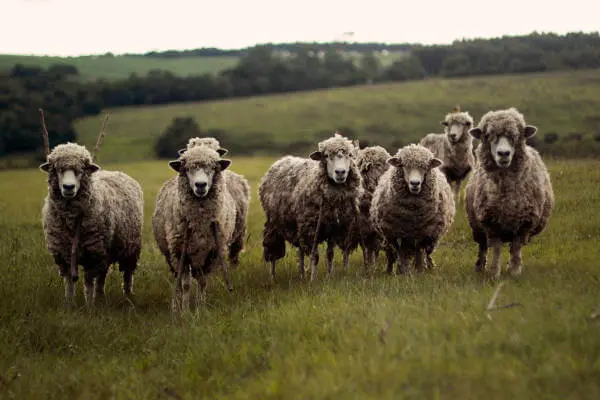Dragons
Large reptilian beast that break into three races
A carnivorous predator
Large, taller than a human
Large claws, scales,
Protective layer of scales with skin underneath
Can have a peaceful response but if threatened or angered they respond with uncontrolled aggression
Depends on Race.
Sky Dragons attack evasively from above with a focus on using their talons as main method of attack.
Earth dragons attack head on, using their large size and weight to their advantage and special use of their horns on their head.
Sea dragons attack sneakily from beneath the waves, using their typically large jaws to attack, trap, drown, or crush their attackers/prey.
For attackers that are bigger or stronger and cannot be defeated through their usual methods of attack, dragons shift into their more humanoid forms to hid themselves away from the attack.
Physical attacks (in dragon form mainly) and magical attacks that align with their magical prowess (in humanoid form mainly)
The opposite elemental magic from their own
Growls and clicking noises, occassional roars that is only understood by people who know draconics
Their extremely valuable scales can be collected when dragons are killed
Sight and smell
Hearing and touch
Sky dragons: Valleys deep within Mountain Peaks that cannot be reached easily
Earth dragons: Open plains
Phoenixes and gigantic sharks within the deep sea
Dragons are creatures of power and untold wealth
Ultimate Dragon: Ultilaigons
Essentially a larger combined version of all dragons. Were wiped out by
Evolved to adjust to competing species and to adjust to seperate and distinct living conditions
Starts around 30 years of age
Ends around 1000 years of age
Fluxuates between dragons and their health
Societal requirements: must be settled into the clan with a stable position and at least one permanent mate
Physical requirements: must start heat and releasing cycles
The first year or so after hatching, the hatchling spends with its mother
(dragon that gave birth) before joining up with other dragons of that age to become a thunder. The whelp thunder then spends most of the day and part of the night under the care of the whelp caretaker awaiting its father and mother to come and take them back to the den. This lasts until they have reached adulthood around 20-30 years of age.
1 out of 3 eggs laid do not hatch
Heat cycle: a short period (about a week) in which dragons ability to concieve is higher than normal; once every three month; does not cause loss of self-control
Release cycle: a short period (about a week) in which dragons genetalia release and dispose of extra eggs and sperms so as to make room for a new batch; usually occurs two weeks before the next heat cycle; causes deep muscular pains that range from mild to severe depending on the dragon
